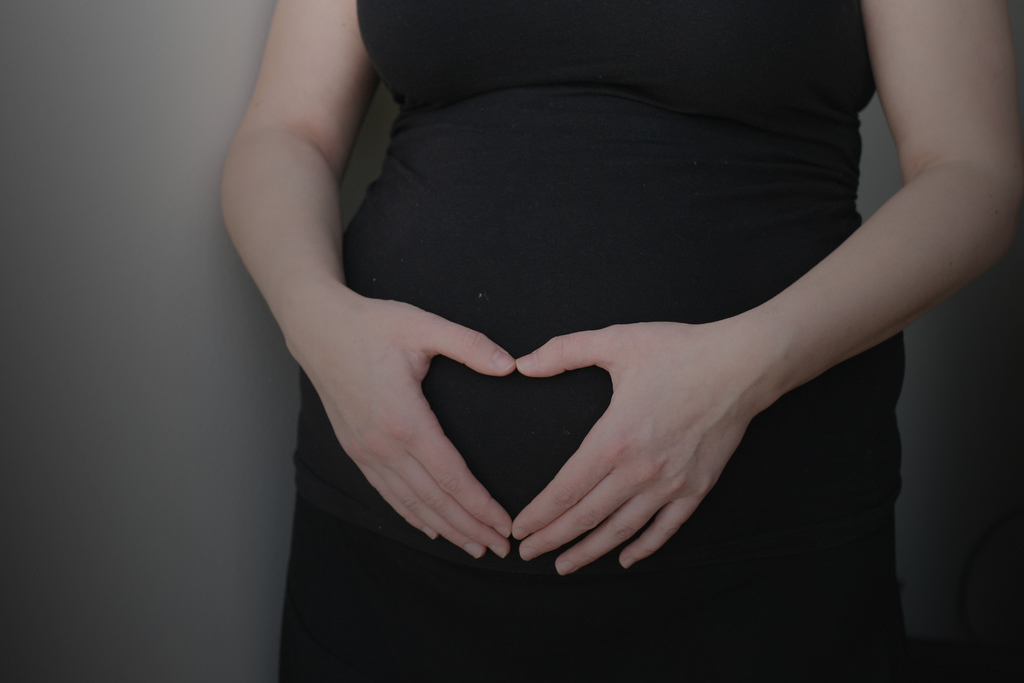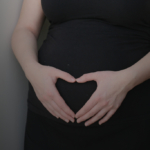When I recently reviewed the stats for our website, I was surprised when I looked at the most frequently visited posts. I was expecting to find at the top of the list one of our posts on antidepressants and pregnancy or perhaps a post on postpartum depression. Nope, I was way off. Our most popular post by far is Melatonin in Pregnancy: Is it Safe? I think this speaks to the increasing use of complementary and alternative treatments in the United States and elsewhere, as well as the sparse information available regarding the reproductive safety of many of these treatments.
In the United States many people now regularly use complementary and alternative treatments (CAM), including herbal remedies and dietary supplements; according to a recent study, approximately one third of American adults reported using at least one vitamin or supplement in the past month (Clarke et al. 2015). Women use complementary treatments more often than men, and the use of these treatments is particularly high among women during their reproductive years (Elkins et al. 2005; Radimer et al. 2004). These treatments are used for a wide range of conditions and disorders, and depression, anxiety and insomnia are among the most common reasons for people to use complementary therapies.
High Prevalence of Supplement Use During Pregnancy
As part of the Massachusetts General Hospital National Pregnancy Registry for Atypical Antipsychotics, Dr. Marlene Freeman and colleagues at the CWMH looked at the use of vitamins and supplements in a population of women with histories of psychiatric illness. Among registry participants, bipolar disorder (54%) was the most commonly reported primary psychiatric diagnosis, followed by depression (20%) and anxiety (9%).
Slightly more than half (53.2%) of the participants (N=534) were using at least one vitamin or supplement at the time of enrollment, not including prenatal vitamins or folic acid. The most common supplements used were omega-3 fatty acids (38.0%), vitamin D (11.0%), calcium (8.2%), and iron (4.7%). Probiotics and melatonin were used by 2.6 and 0.9%, respectively.
These findings underscore the need to specifically ask about the use of complementary and alternative therapies in women who are pregnant or planning to conceive. This is especially important as many people who use these treatments do not disclose the use of these treatments to their healthcare providers.
Limited Information on the Reproductive Safety of Complementary Therapies
While many feel greater comfort in using agents that are perceived to be more “natural” than conventional drugs, there is no guarantee that these agents are safe to use during pregnancy. In fact, our data regarding the reproductive safety of most herbal remedies, dietary supplements, and high dose vitamins is quite limited. Complementary therapies may be potentially harmful as a result of drug interactions, toxicities, and contaminants. Furthermore, the Dietary Supplement Health and Education Act (DSHEA) classifies dietary supplements as foods which prevents the FDA from regulating them as strictly as conventional drugs with respect to their efficacy and safety.
Limited Information on the Efficacy of Complementary Therapies
Because manufacturers are not required to submit data on clinical efficacy for their products to the FDA before obtaining marketing approval, patients may believe the advertisements and may use complementary therapies that are actually ineffective. Using ineffective treatments during pregnancy may expose the developing fetus to unnecessary risks, and it may delay or prevent the use of effective conventional treatments.
What’s Actually in The Bottle?
Another aspect that needs to be included in the safety assessment of supplements taken during pregnancy is purity and quality assurance. The supplement and vitamin industry is not regulated to the same degree by the US FDA as prescription medications. This raises concerns about whether the contents are precisely labeled, the level of purity, and the presence of contaminants.
Using DNA barcoding, Canadian researchers examined 44 bottles of popular supplements sold by 12 different manufacturers. Most (59%) of the products tested contained DNA barcodes from plant species not listed on the labels. Product substitution occurred in 30 out of 44 of the products tested and only 2/12 companies produced products without any substitution, contamination or fillers. Also concerning is that many of the contaminants found were plants with known toxicity, side effects and/or negative interactions with other herbs, supplements, or medications.
The Take Home Message
Because our information regarding the reproductive safety and efficacy of many complementary therapies is limited, we typically advise women to use medications with a better characterized reproductive safety profile. Clearly future research is needed to fully assess the use of complementary treatments in pregnant women, including but not limited to supplements. For example, data regarding the use of mind-body therapies, exercise, acupuncture, massage, and other somatic treatments would help us to understand the risks and benefits of these therapies more fully.
Ruta Nonacs, MD PhD
Freeman MP, Sosinsky AZ, Moustafa D, Viguera AC, Cohen LS. Supplement use by women during pregnancy: data from the Massachusetts General Hospital National Pregnancy Registry for Atypical Antipsychotics. Arch Womens Ment Health. 2015 Oct 16. [Epub ahead of print]
Kessler RC, Soukup J, Davis RB, et al. The uses of complementary and alternative therapies to treat anxiety and depression in the United States. Am J Psychiatry 2001; 158:289-294.
Shand AW, Walls M, Chatterjee R, Nassar N, Khambalia AZ. Dietary vitamin, mineral and herbal supplement use: a cross-sectional survey of before and during pregnancy use in Sydney, Australia. Aust N Z J Obstet Gynaecol. 2015 Oct 22.
Herbal Supplements Are Often Not What They Seem (New York Times)
Complementary, Alternative, or Integrative Health: What’s In a Name? (National Institutes of Health)







Leave A Comment